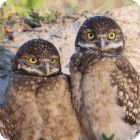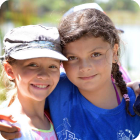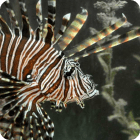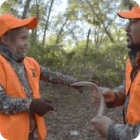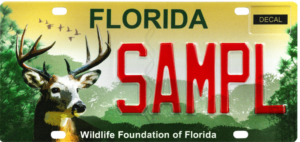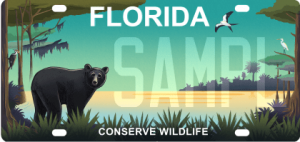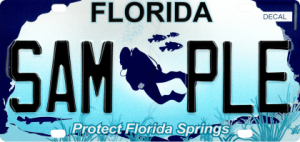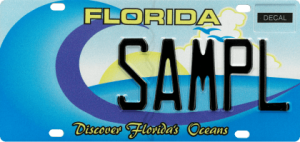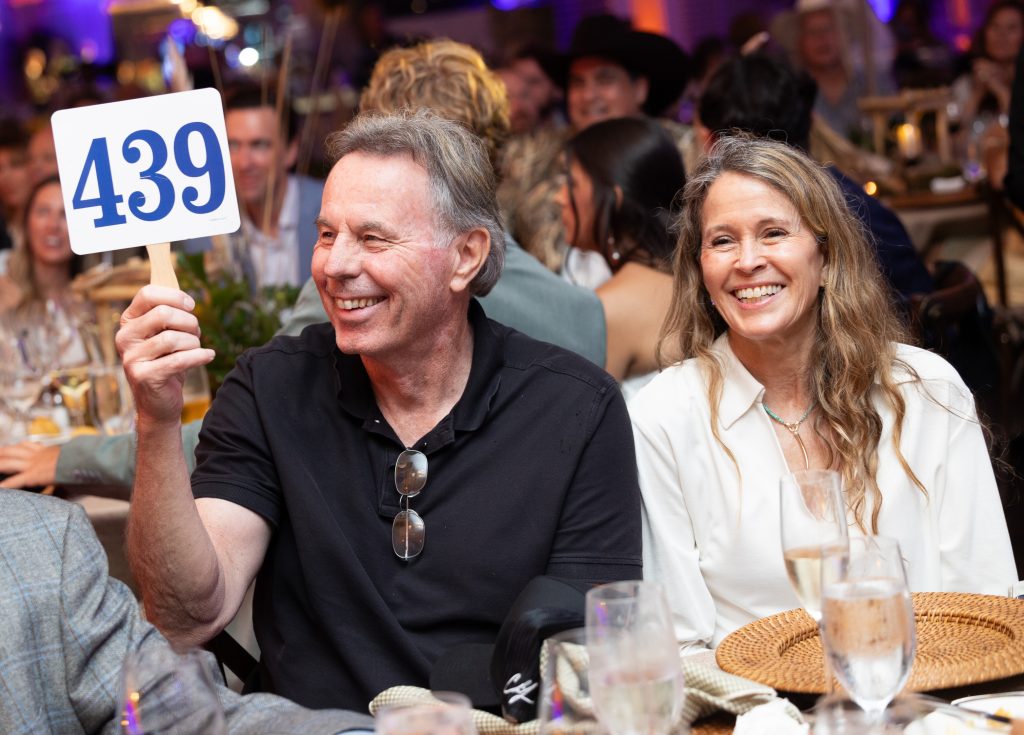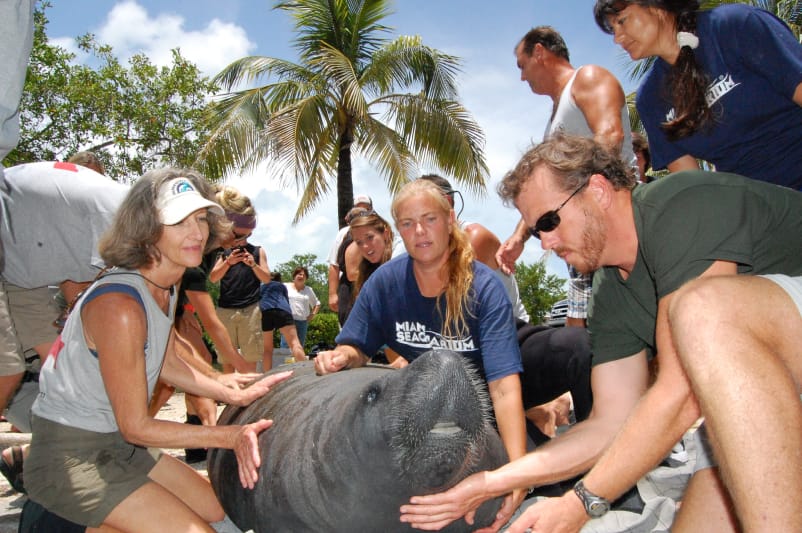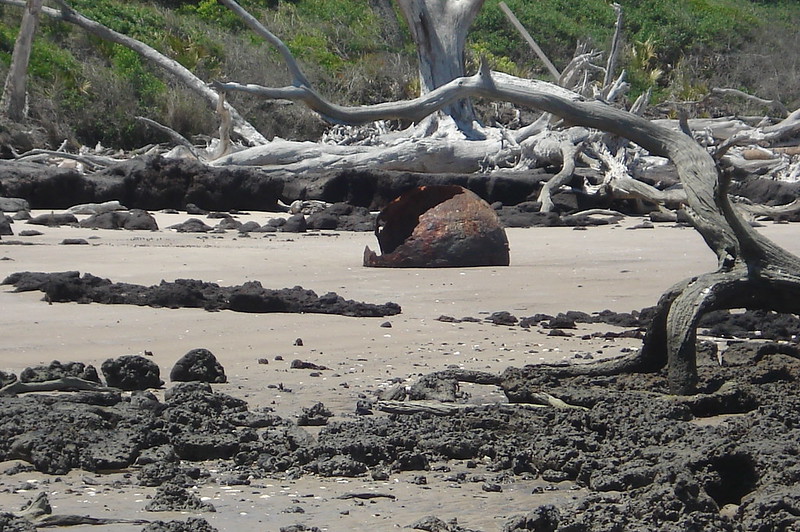
By: Kyle Grammatica
Big Talbot Island State Park is located on one of northeast Florida’s sea islands. It was home to some of Florida’s oldest human inhabitants, the Timucua people. Evidence of their occupation can be found from shell middens, ancient trash piles of oyster shell and food refuse found throughout the island. By the late 18th century, Europeans had fully settled in the area and named the surrounding islands after Charles Baron Talbot, Lord High Chancellor of England. Today, Big Talbot is a nature preserve and is one of the few undeveloped barrier islands in Florida. Big Talbot Island State Park provides visitors with incredible opportunities for bird watching, hiking, nature photography, and other activities. Take a stroll along the beach and see the incredible beauty of Big Talbot Island State Park!
Trails lead you through hammock forest and coastal scrub habitats where gopher tortoises, songbirds, and bald eagles can be spotted. On the beach you’ll see the large sun-bleached remains of hardwood trees. These trees fell onto the shore through the power of erosion. The remains now act as a protective barrier for the rest of the island by dispersing the wind and waves from causing further erosion. While walking along the beach you will also find bluffs formed through years of being beaten by waves and wind. Some of these bluffs reach 30 feet high!
Big Talbot State Park is home to salt marsh grasslands on the west side of the island. Salt marshes are some of the most ecologically productive and important areas on the planet. Salt marshes are located in areas where freshwater rivers drain into the ocean. The resulting mix of fresh and saltwater (called brackish or estuarine water) creates an incredible ecosystem that is home to many unique plant and animal species. The plants and animals of the salt marshes work together to produce oxygen, filter out contaminants, and trap sediments to create more marshland. The marshland sediments help anchor plants, which provide hiding spaces for small marine animals. The surrounding grasslands protect upland areas during storms by soaking up flood water and preventing destructive storm surge from causing damage. Plants like saltmarsh cordgrass and black needlerush are common in the saltmarsh grasslands, and animals are found in all areas of the habitat. Invertebrates burrow in the mud and feed on the algae on plant roots while oysters filter feed in the water. Larger animals like raccoons, bobcats, and herons feed on fish and shellfish. Migrating birds also use the salt marsh as a resting place to feed and refuel while travelling. Hundreds of species, including humans, depend on salt marshes like the ones found at Big Talbot. They host an incredible amount of biodiversity and protect inland areas from the powerful force of the ocean.
To help preserve unique places like Big Talbot Island for future generations, please donate here.
